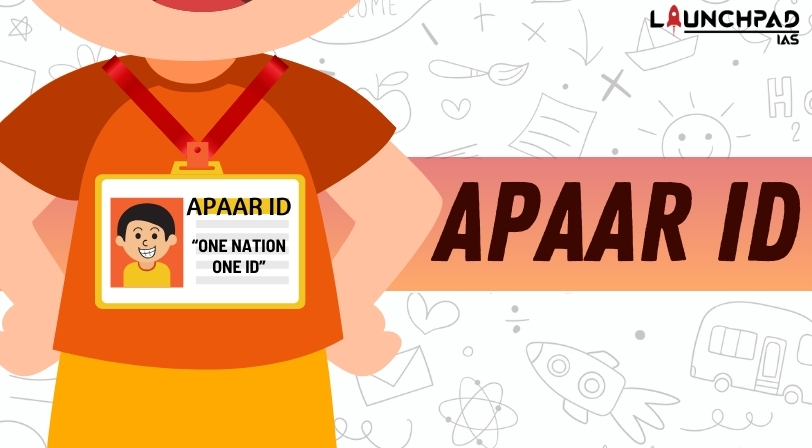Recent Context: Several state governments requested schools to seek parental consent for the creation of a new student identity card known as the Automated Permanent Academic Account Registry (APAAR ID).
This is part of the ‘One Nation, One Student ID’ initiative of the Union government, stemming from the new National Education Policy of 2020.
What is the Purpose of APAAR, the ID for Students?
About:
- Under the initiative, each student would get a lifelong APAAR ID, making it easy for learners, schools, and governments to track academic progress from pre-primary education to higher education.
- APAAR would also serve as a gateway to Digilocker. It is a digital system where students can store their important documents and achievements, such as exam results and report cards.
Need For Introduction:
- The goal behind introducing APAAR is to make education hassle-free and reduce the need for students to carry physical documents.
- The vision is to create a positive change, allowing state governments to track literacy rates, dropout rates, and more, helping them make improvements.
- APAAR also aims to reduce fraud and duplicate educational certificates by providing a single, trusted reference for educational institutions.
How Will the APAAR ID Work?
Linkage with the Academic Bank Credit (ABC):
Every individual will have a unique APAAR ID, which will be linked to the Academic Bank Credit. It is a digital storehouse that contains information on the credits earned by students throughout their learning journey.
Change of Schools:
- If the student changes schools, whether within the state or to another state, sharing the APAAR ID automatically transfers all her data in the ABC to her new school.
- Students won’t need to provide physical documents or transfer certificates.
Enrolment for APAAR:
- To sign up for APAAR, students will have to provide basic information such as name, age, date of birth, gender, and a photograph. This information will be verified using their Aadhar number.
- Students will need to sign a consent form, and they can choose to either accept or decline sharing their Aadhar number and demographic information with the Ministry of Education for creating the APAAR ID.
- For minors, parents will have to sign the consent form. It will allow the Ministry to use the student’s Aadhar number for authentication with UIDAI.
- Registration for creating an APAAR ID is voluntary, not mandatory.
What are the Concerns Surrounding APAAR?
Issues of Privacy:
Parents and students have concerns about sharing their Aadhar details. They fear that outside parties could leak their personal information.
Concerns with UDISE+:
- The government says that the information shared by students will be kept confidential and will not be shared with any third party except for entities engaged in educational activities, such as the Unified District Information System for Education Plus (UDISE+) database.
- However, there are no laid down guidelines for UDISE+ to strictly adhere to to prevent any breach of data.
Check out more such informative topics: NATIONAL TURMERIC BOARD


